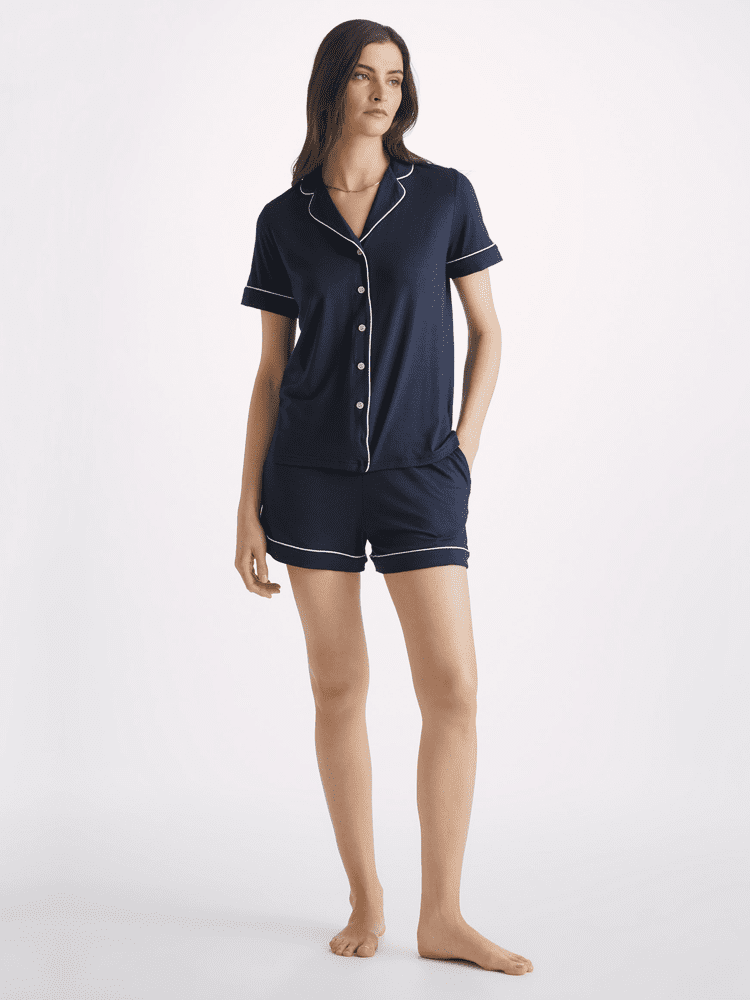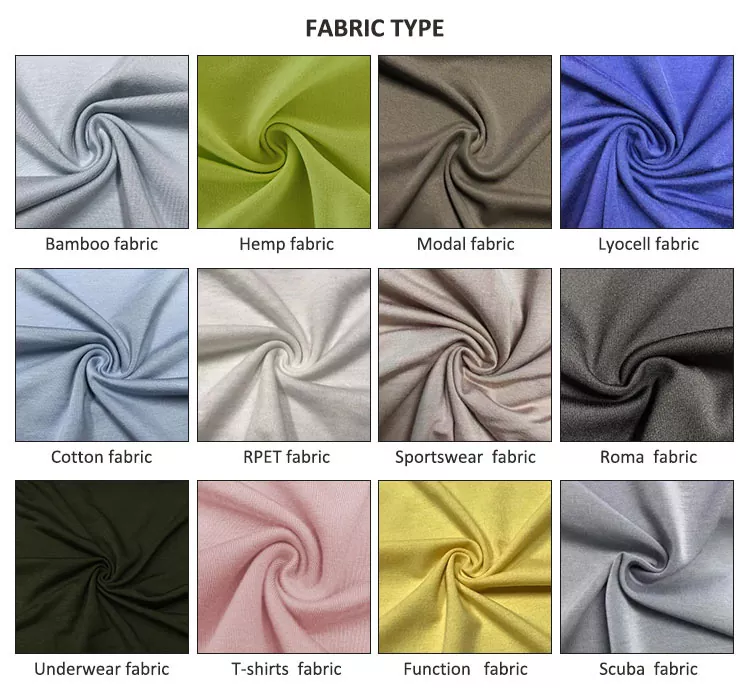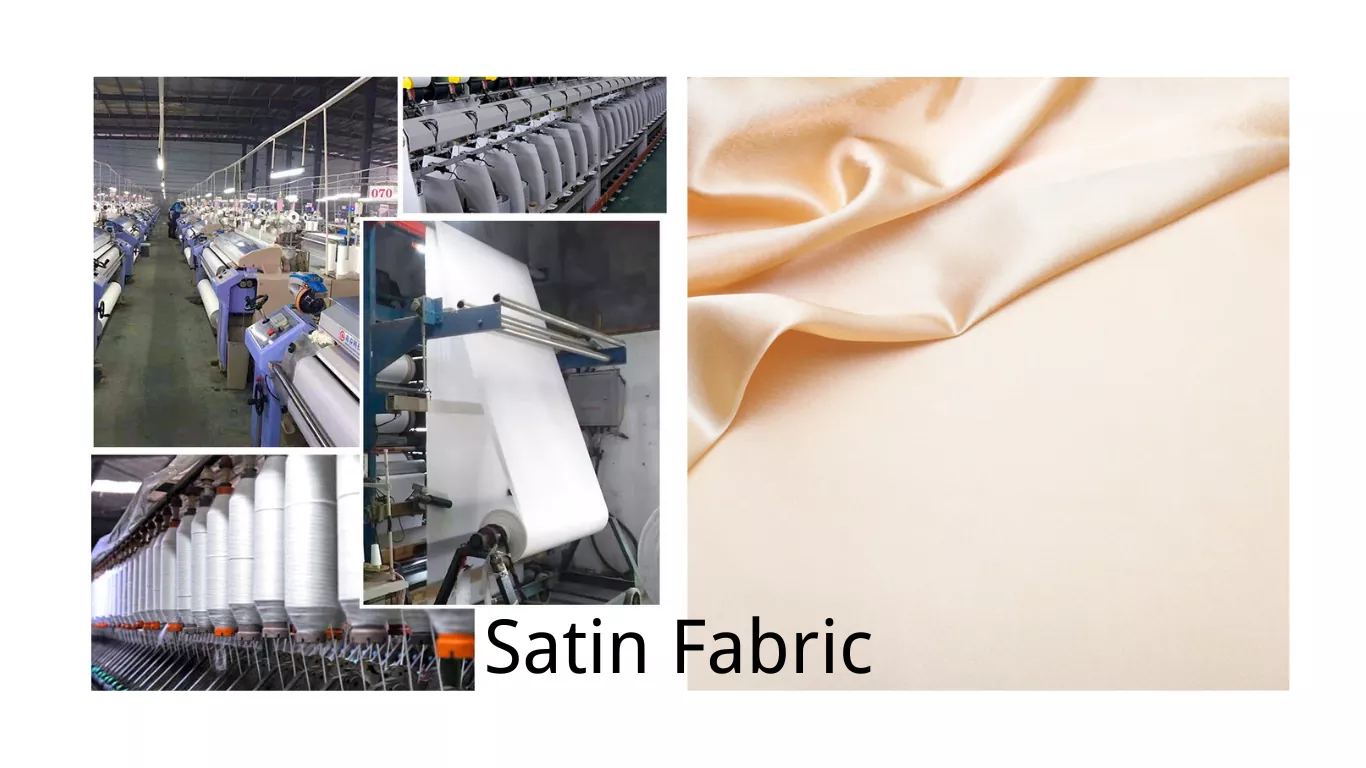Sewing factories are the backbone of garment production. Partner with them to ensure precise and efficient manufacturing of your fashion designs.
The Intricate Artistry of Sewing Factories
Sewing factories are a bastion of intricate artistry, where skilled artisans bring fabrics to life through their meticulous craftsmanship. These factories are not mere production houses but sanctuaries of creativity, where each stitch is carefully crafted to perfection. From the moment the fabric is selected to the final touches, every step in the production process requires a keen eye for detail and a steady hand. At the heart of these factories lies the sewing machine factory, where cutting-edge technologies and traditional techniques converge to create masterpieces of textile art.
Within the walls of a sewing factory, a symphony of whirring sewing machines and focused concentration commingle to bring designer visions to reality. Seamstresses and tailors maneuver intricate patterns and delicate fabrics, ensuring every seam aligns with precision. Their nimble fingers dance along the fabric, carefully sewing in zippers, attaching buttons, and hemming hems, transforming formless textiles into elegant garments. From the fine art of hand-stitched details to the utilization of advanced computerized technologies, such as automated cutting machines and digital pattern-making software, these factories honor the legacy of craftsmanship while embracing innovation. The result is a harmonious blend of tradition and modernity, with each stitch serving as a testament to the intricate artistry that defines sewing factories.
The Historical Evolution of Sewing Factories

The historical evolution of sewing factories can be traced back to the industrial revolution in the 18th century. As the demand for clothing increased, entrepreneurs sought ways to mass-produce garments efficiently. In the early stages, small-scale sewing factories were established in towns and communities, catering to the local market. These factories were typically located near raw material suppliers and often relied on manual labor for cutting, sewing, and finishing garments. As industrialization progressed, sewing factories began to expand and consolidate, particularly in major textile manufacturing hubs such as Manchester in England and Lowell in the United States.
Fast forward to the present day, sewing factories have become an integral part of the global fashion and garment industry. In bustling cities like Los Angeles, you can find numerous sewing factories with state-of-the-art machinery and skilled workers. These factories often specialize in specific types of garments, such as denim jeans or activewear, and work closely with fashion brands and designers to bring their creations to life. Technological advancements, such as computerized sewing machines and automated production lines, have revolutionized the efficiency and precision of sewing factories, enabling them to meet the ever-growing demand for fast fashion. However, along with the progress, various challenges and concerns have emerged, such as labor rights and environmental sustainability, which have led to increased scrutiny and calls for more ethical practices within the industry.
The Role of Technology in Modern Sewing Factories
The role of technology in modern sewing factories cannot be overstated. With advancements in machinery and automation, China sewing factories like Pjgarment.com have been able to greatly enhance their production capabilities. These factories now utilize state-of-the-art computerized sewing machines that are capable of performing intricate stitching patterns with utmost precision. This not only speeds up the production process but also ensures consistency and quality in the final products.
In addition to computerized sewing machines, modern sewing factories are also equipped with advanced cutting-edge technology to aid in various stages of the production process. Automated fabric cutting machines, for example, have revolutionized the way fabrics are prepared for sewing. These machines can accurately measure and cut fabrics based on predefined patterns, minimizing the margin of error and reducing fabric waste. Moreover, the integration of digital systems for tracking inventory and managing orders has streamlined the overall operations of sewing factories, allowing for better efficiency and productivity. With technology continuing to evolve, the role it plays in modern sewing factories is poised to expand, bringing further advancements and improvements to the industry.
The Organizational Structure of Sewing Factories
The organizational structure of sewing factories plays a crucial role in ensuring efficient production and timely delivery of garments. At the heart of the structure is the division of labor, where employees are assigned specific tasks based on their expertise. For instance, skilled workers are responsible for operating the sewing machines and handling intricate stitching techniques. These employees are the backbone of the garment factory, ensuring that each piece of clothing is meticulously crafted to meet the highest quality standards.
In larger sewing factories, such as those found in London, a hierarchical structure is often employed. At the top of the organizational pyramid, there’s a management team that oversees the overall operations and strategic decision-making. They collaborate closely with designers and pattern makers to bring the creative vision to life. Additionally, supervisors and team leaders are responsible for coordinating the workflow, ensuring that each step of the production process runs smoothly. This hierarchical structure fosters clear communication channels and accountability, allowing the sewing factory to meet the demands of clients and consumers alike.
The Importance of Quality Control in Sewing Factories

Quality control is of utmost importance in garment factories to ensure that the final product meets the required standards. At every stage of the production process, from the cutting of fabric to the assembly of the garment, rigorous inspections are conducted to identify any defects or deviations from the desired specifications. These inspections are carried out by trained professionals who meticulously examine the garments, checking for faults such as loose threads, uneven stitching, or improper alignment of patterns. By maintaining a stringent quality control process, garment factories can deliver products that are of high quality and meet customer expectations.
In recent years, with the rise of sewing jobs done at home or in smaller-scale operations, the need for quality control has become increasingly crucial. While these decentralized settings offer flexibility and convenience for workers, ensuring consistent quality across various locations poses its challenges. Implementing effective quality control measures is vital to maintain brand reputation and customer trust. Regular audits and inspections, along with clear guidelines and training for home-based workers, can help address any potential issues and maintain the desired level of quality.
The Role of Designers and Pattern Makers in Sewing Factories
The role of designers and pattern makers in sewing factories is essential for the successful production and execution of garments. These skilled professionals are responsible for creating and developing the patterns that serve as the blueprint for each piece of clothing. Working closely with the design team, they transform ideas and concepts into tangible garments.
Designers and pattern makers possess a deep understanding of garment construction and are well-versed in the latest fashion trends and styles. They are able to interpret and translate the vision of the clothing manufacturer UK into practical patterns that can be efficiently produced in a sewing factory. Additionally, they play a crucial role in ensuring that the final products meet the desired quality standards, as they are responsible for creating patterns that are both aesthetically pleasing and functional.
In some cases, designers and pattern makers may also work on a part-time basis, collaborating with sewing factories on specific projects. This arrangement allows for flexibility and the opportunity to tap into their expertise and creativity on an as-needed basis. By working closely with sewing factories, designers and pattern makers contribute to the overall efficiency and success of the production process, ultimately bringing innovative and well-crafted garments to the market.
• Designers and pattern makers are responsible for creating and developing the patterns that serve as the blueprint for each piece of clothing.
• They work closely with the design team to transform ideas and concepts into tangible garments.
• These professionals possess a deep understanding of garment construction and stay up-to-date with fashion trends and styles.
• They interpret and translate the vision of clothing manufacturers into practical patterns that can be efficiently produced in sewing factories.
• Designers and pattern makers play a crucial role in ensuring that the final products meet desired quality standards by creating aesthetically pleasing and functional patterns.
• In some cases, they may work on a part-time basis, collaborating with sewing factories on specific projects for flexibility and tapping into their expertise as needed.
• By working closely with sewing factories, designers and pattern makers contribute to overall efficiency and success of production process.
The Ethical Concerns in Sewing Factories
With the globalization of the fashion industry, there has been a significant increase in the number of clothing factories in countries like China. These factories, also known as CMT (Cut, Make, Trim) factories, play a crucial role in the production of garments for various brands. However, along with the growth of these factories, there have been growing concerns about the ethical practices within them.
One of the key ethical concerns in sewing factories is the issue of worker exploitation. Many factories in countries like China are known for their poor working conditions, where employees are forced to work long hours in hazardous environments for low wages. This has raised questions about the fair treatment of workers and the need for better labor regulations within the industry. Additionally, there have been reports of child labor and forced labor in some sewing factories, further highlighting the need for stricter ethical standards and oversight.
The Impact of Globalization on Sewing Factories
The impact of globalization on sewing factories has been profound, particularly for výrobci oděvů pro malé podniky. With the rise of global trade and the availability of cheap labor in countries like China, many small businesses have turned to sewing factories overseas to meet their manufacturing needs. This shift has allowed these businesses to remain competitive by reducing their production costs, as labor and materials are often cheaper in countries with lower wages and lower production regulations. As a result, sewing factories in countries like China have seen a substantial increase in business from small clothing manufacturers seeking cost-effective solutions.
However, while globalization has provided opportunities for small businesses, it has also raised concerns about working conditions and ethical practices in sewing factories. Reports of poor wages, long working hours, and unsafe working conditions have surfaced, highlighting the need for improved labor standards and regulations within the industry. As clothing manufacturers from different countries collaborate and connect through globalization, it becomes crucial to ensure that workers are treated fairly and that their rights are protected. Balancing the benefits of globalization with ethical concerns remains a challenge that sewing factories and the industry as a whole must address moving forward.
The Challenges Faced by Sewing Factories

Sewing factories, especially those catering to výrobci oděvů in Europe and Italy, face a myriad of challenges in today’s competitive landscape. One of the primary difficulties is the pressure to keep up with fast fashion trends and demands. As fashion cycles continue to shorten, sewing factories must strive to deliver quick turnaround times without compromising on quality. This requires efficient production processes, skilled workers, and effective supply chain management.
Another challenge faced by sewing factories is the rising competition from low-cost garment manufacturing countries, such as China and Bangladesh. These countries often offer lower labor and production costs, posing a threat to výrobci oděvů in Europe and Italy. In order to compete, sewing factories need to find ways to differentiate themselves through innovation, quality, or specialization. This could involve investing in advanced technology, developing unique production techniques, or focusing on high-end, luxury garments that require intricate craftsmanship. By staying ahead of the curve, sewing factories can maintain their position in the market and continue to attract clients from all over the world.
The Future of Sewing Factories: Innovations and Trends
As the world continues to evolve, so does the landscape of sewing factories. In recent years, one of the most significant trends in the industry has been the rise of automation. Cutting-edge technology, such as robotic arms and automated sewing machines, is revolutionizing the way garments are manufactured. This shift not only increases production efficiency but also reduces the reliance on human labor, addressing some of the ethical concerns associated with sewing factories. Furthermore, automation allows for greater precision and accuracy in creating complex designs, pushing the boundaries of what is possible in terms of intricate detailing and artistry.
Another key trend shaping the future of sewing factories is sustainability. With growing awareness of the environmental impact of the fashion industry, more and more brands are seeking eco-friendly alternatives in their production processes. This has led to the emergence of innovative materials and techniques that prioritize sustainability without compromising quality. For instance, advancements in recycled fibers, waterless dyeing methods, and zero-waste pattern cutting are all contributing to reducing the industry’s carbon footprint. Additionally, there is a growing emphasis on creating garments that are durable and long-lasting, promoting a shift away from the fast fashion culture towards a more sustainable and ethical approach to výroba oděvů.
Nejčastější dotazy
What is the intricate artistry of sewing factories?
The intricate artistry of sewing factories refers to the skilled craftsmanship and attention to detail required to create high-quality garments and products through sewing processes.
How has the historical evolution of sewing factories shaped the industry?
The historical evolution of sewing factories has led to advancements in technology, improved working conditions, and increased efficiency in production processes, ultimately shaping the modern sewing industry.
What is the role of technology in modern sewing factories?
Technology plays a crucial role in modern sewing factories by automating processes, improving efficiency, and enhancing product quality. It includes advanced sewing machines, computerized pattern making, and data-driven production management systems.
What is the organizational structure of sewing factories?
Sewing factories typically have a hierarchical organizational structure, with various departments such as production, quality control, design, and administration. Each department has specific roles and responsibilities to ensure smooth operations.
Why is quality control important in sewing factories?
Quality control is important in sewing factories to ensure that garments and products meet the required standards and customer expectations. It involves rigorous inspection, testing, and monitoring at various stages of production.
What is the role of designers and pattern makers in sewing factories?
Designers and pattern makers in sewing factories are responsible for creating and developing garment designs, translating them into patterns, and providing technical specifications for production. Their expertise and creativity contribute to the overall quality and aesthetics of the final product.
What are the ethical concerns in sewing factories?
Ethical concerns in sewing factories include fair wages, safe working conditions, labor rights, child labor, workers’ welfare, and environmental sustainability. It is crucial for sewing factories to prioritize and uphold ethical standards in their operations.
How does globalization impact sewing factories?
Globalization has both positive and negative impacts on sewing factories. It offers opportunities for expanded markets, access to cheaper labor, and technological advancements. However, it also brings challenges such as intense competition, supply chain complexities, and ethical considerations.
What are the challenges faced by sewing factories?
Sewing factories face challenges such as rising production costs, fluctuating demand, competition from low-cost countries, maintaining consistent quality, managing skilled labor shortage, and adapting to rapidly changing fashion trends.
What are the future innovations and trends in sewing factories?
The future of sewing factories is expected to witness innovations such as robotics, artificial intelligence, smart textiles, sustainable practices, and customization. These trends aim to enhance production efficiency, product quality, and environmental sustainability in the industry.




